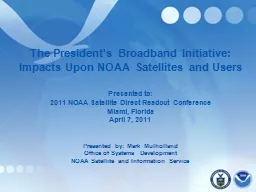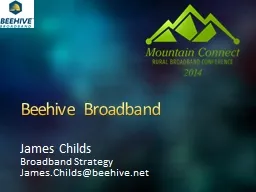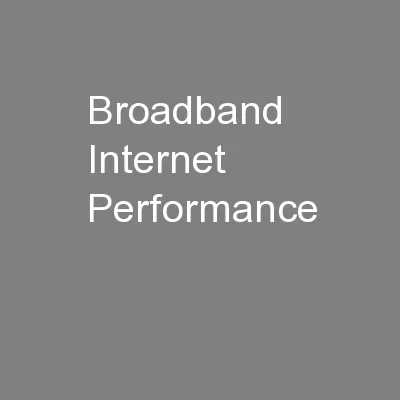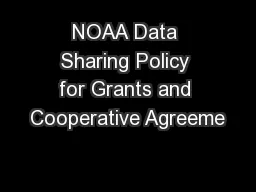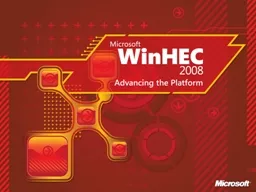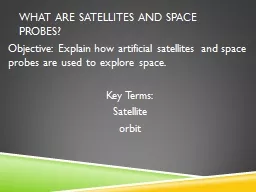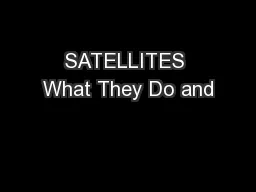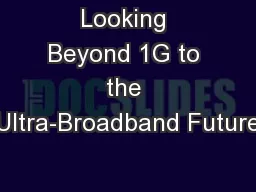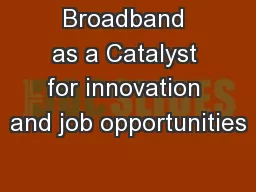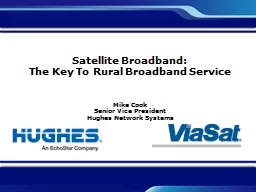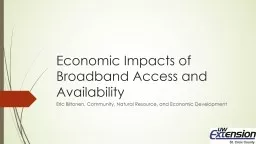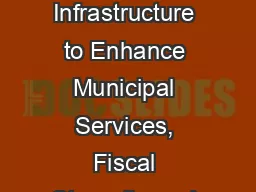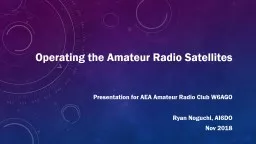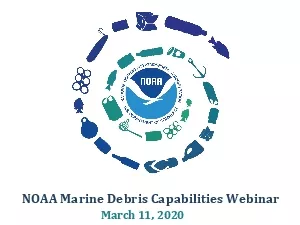PPT-The President's Broadband Initiative: Impacts Upon NOAA Satellites and Users
Author : cheryl-pisano | Published Date : 2018-11-04
Presented to 2011 NOAA Satellite Direct Readout Conference Miami Florida April 7 2011 Presented by Mark Mulholland Office of Systems Development NOAA Satellite and
Presentation Embed Code
Download Presentation
Download Presentation The PPT/PDF document "The President's Broadband Initiative: I..." is the property of its rightful owner. Permission is granted to download and print the materials on this website for personal, non-commercial use only, and to display it on your personal computer provided you do not modify the materials and that you retain all copyright notices contained in the materials. By downloading content from our website, you accept the terms of this agreement.
The President's Broadband Initiative: Impacts Upon NOAA Satellites and Users: Transcript
Download Rules Of Document
"The President's Broadband Initiative: Impacts Upon NOAA Satellites and Users"The content belongs to its owner. You may download and print it for personal use, without modification, and keep all copyright notices. By downloading, you agree to these terms.
Related Documents

